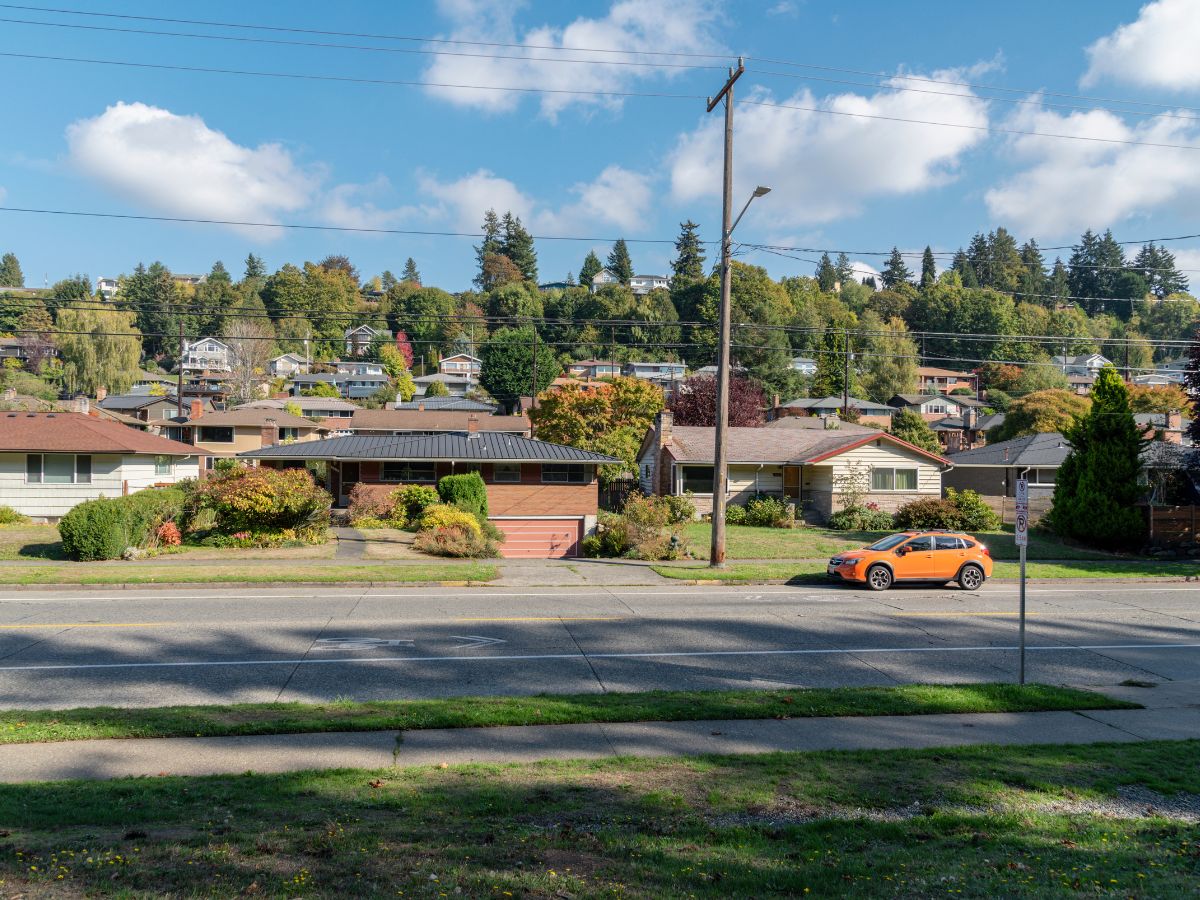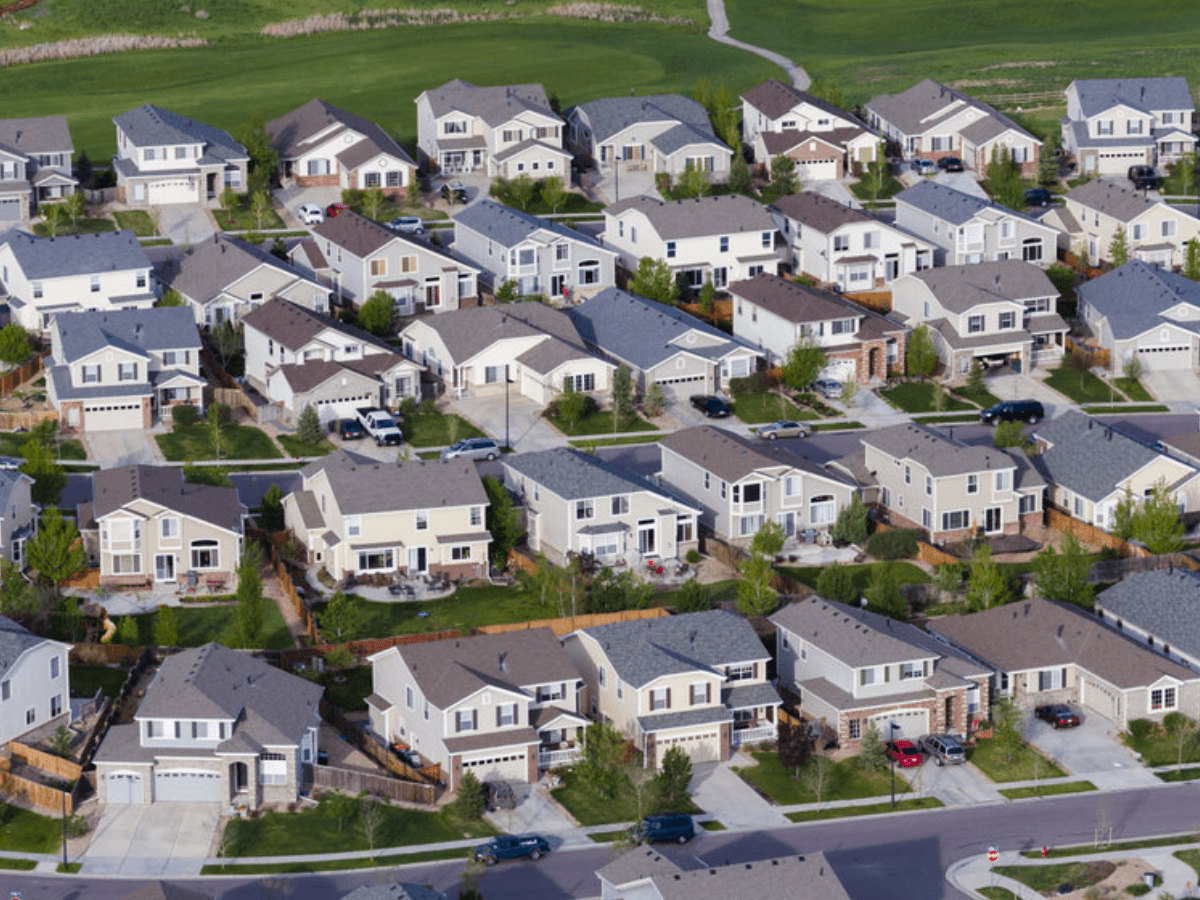
Why Middle Class Can’t Find a Home Even When There’re More for Sale
By all appearances, the U.S. housing market should be getting better for buyers. Inventory is up, after all. A flood of new listings in March brought a 20% spike in homes for sale compared with the year before—a hopeful sign for would-be homeowners weary of bidding wars and sky-high prices.
But for middle-income buyers, especially those earning around $75,000 a year, that silver lining hides a darker truth. The growth in listings notwithstanding, there simply aren’t enough homes in their price range. In fact, a new joint report from Realtor.com® and the National Association of Realtors® (NAR) finds that those buyers are facing the biggest shortfall in affordable homes in recent memory.
In a healthy, balanced market, families earning the median income—roughly $75,000—should be able to afford about half the homes on the market. Today they can afford only 21%.
That’s less than half of what they could buy back in 2019, when 49% of listings were within reach. To close the current gap, the market would need to add a staggering 416,000 homes priced below $260,000.
The problem is nationwide, but it’s hitting some places harder than others. Of the country’s 100 largest metro areas, only two—Akron and Youngstown, Ohio—have enough reasonably priced homes to meet demand from middle-income buyers.
The Listings Are There—Just Not for You
What’s especially frustrating is that buyers can see more homes. They’re out there, popping up on websites and apps, filling up email alerts. But once you filter by what your income can actually buy, the options quickly dry up.
Shoppers see more homes for sale today than one year ago, and encouragingly, many of these homes have been added at moderate income price points, says Realtor.com Chief Economist Danielle Hale. “But… we still don’t have an abundance of homes that are affordable to low- and moderate-income households.”
Middle-class Americans aren’t alone in this squeeze. Households earning $100,000 a year—a figure that once implied comfort and room to move—can now afford only 37% of homes on the market. That’s a boost over last year’s 34%, but still far below the 65% they could afford in 2019.
To bring the market back into balance, the U.S. needs 364,000 more homes priced below $340,000 for this group.
And for those earning $50,000 or less—the backbone of the working class—the numbers are even bleaker. In theory, they should be able to afford a third of the market. In practice, they can afford only 8.7%. A year ago it was 9.4%. That’s not a dip; it’s a drop-off.
Why Is This Happening?
There are a few reasons this gap is so stubborn. First, construction costs are still high, making it harder for builders to profit from lower-priced homes. Many developers have focused on larger, higher-end homes to meet demand from wealthier buyers or investors.
Second, many homeowners with low-interest mortgages are staying put, further limiting turnover in the affordable segment. Why sell a home with a 3% mortgage only to buy a smaller place at 7%?
Then there’s plain old geography. In states like Montana, Idaho, California, Massachusetts and Hawaii, the affordability crisis is compounded by limited land, strict zoning laws or booming demand.
Still, there are some bright spots.
States That Are Getting It Right
Some Midwestern and Appalachian states are leading the way in offering homes middle-class families can actually buy. Iowa, Ohio, Indiana, Illinois and West Virginia now offer relatively balanced market conditions. In those states, households making $75,000 can afford at least 45% of listings.
Other states—Delaware, Utah, Colorado, Florida and Arizona—are also showing progress: with striking year-over-year improvements in affordability.
And in a surprising twist, Washington, D.C. is the only place where affordability has softened compared with pre-pandemic levels.
What Could Actually Help?
There’s some cautious optimism that building smaller homes—townhomes, duplexes or even modest single-family homes—could help chip away at the affordability gap.
“For many first-time home buyers, navigating the current housing market still feels like window shopping,” says NAR senior economist Nadia Evangelou. “Listing prices don’t match first-time home buyers’ budgets.”
She adds should the current trend toward building smaller, more affordable homes continue, it could give real relief.
But make no mistake: getting back to a balanced market won’t happen overnight. It will take a bunch of public policy, zoning reform and private-sector investment to close the yawning gap between supply and need.
Conclusion
The housing market might be growing, but it’s growing in the wrong places for middle-class America. Without a serious shift toward affordable inventory, a bigger market won’t mean a better one. For now, many families are still stuck scrolling through listings they can’t afford, hoping the next refresh brings something within reach.
Until then, for too many, the American dream of homeownership remains just that—a dream.



